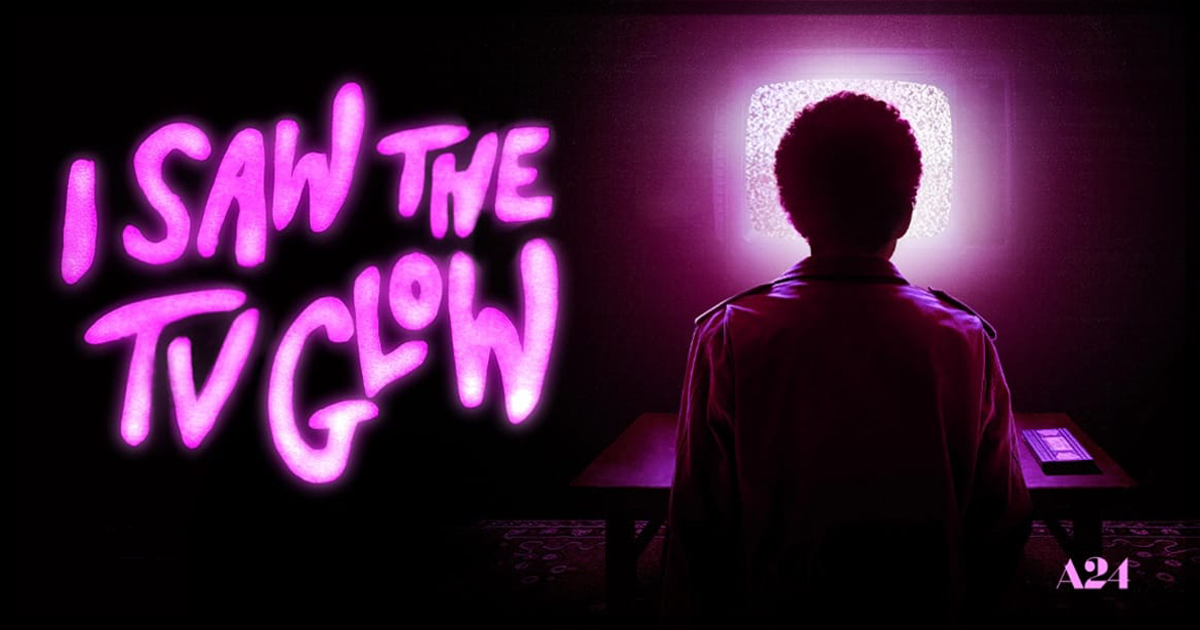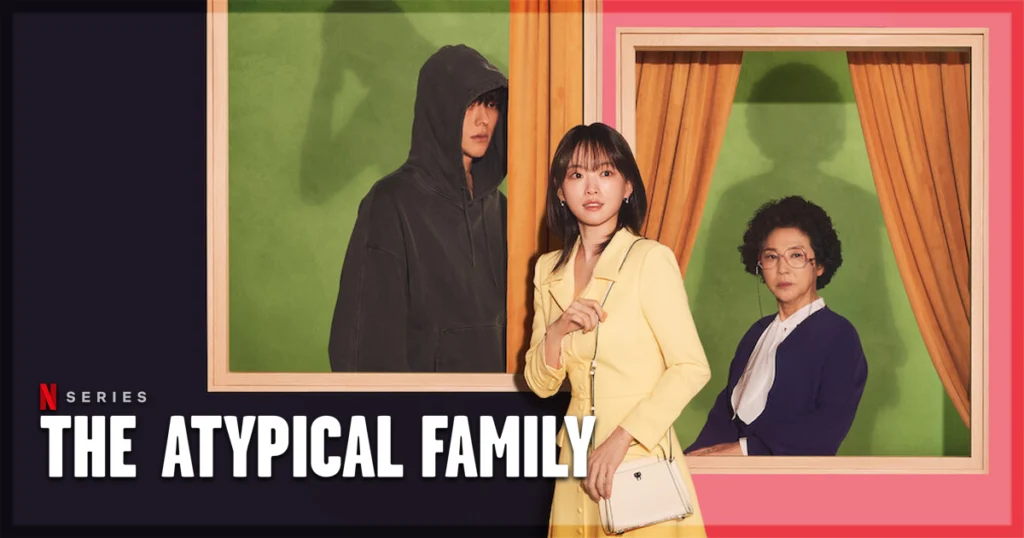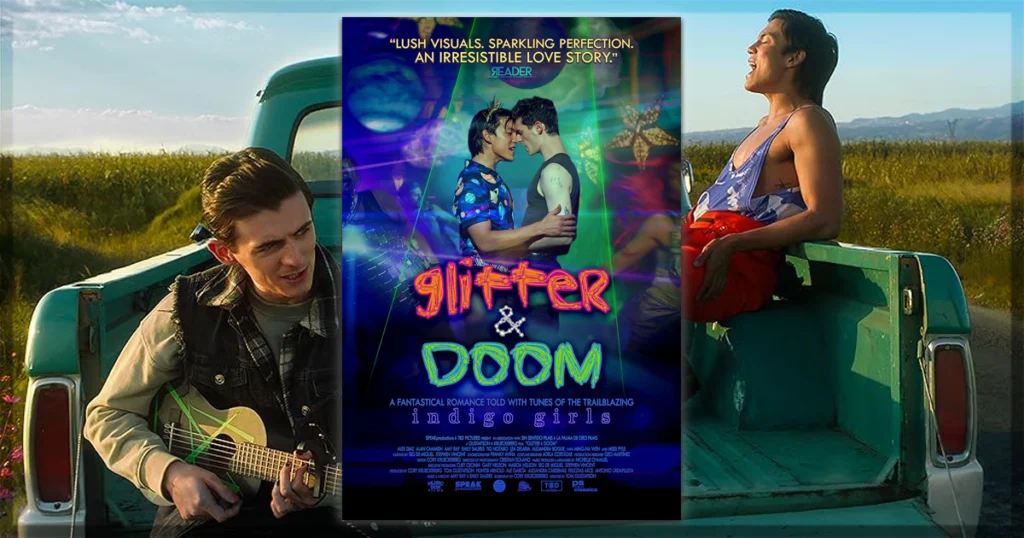Google a definition of the word reality, and you’ll get #1 – “the world or state of things as they actually exist” and #2 – “the state or quality of having existence or substance.” But what makes something real? What actually exists? What percentage of people have to agree something is reality for it to be so? The new A24 film called I Saw The TV Glow attempts to discuss some of these topics: life, existence, and our individual perception of reality.
Reality states the earth is round, but certain people believe the Earth is flat. And five hundred years ago, everyone held that belief. So, what was their reality? I was raised in a religious cult whose members believe that the end of the world will come soon, and they live their lives in preparation for this belief. This is not reality, probably not for you, not for me anymore, but for the people that carry these beliefs, they live their lives preparing for the end. For them, you could say it is very much their reality. This new film follows the actors Justice Smith and Brigette Lundy-Paine; they play two friends growing up in the 1990s who love a TV show called The Pink Opaque.
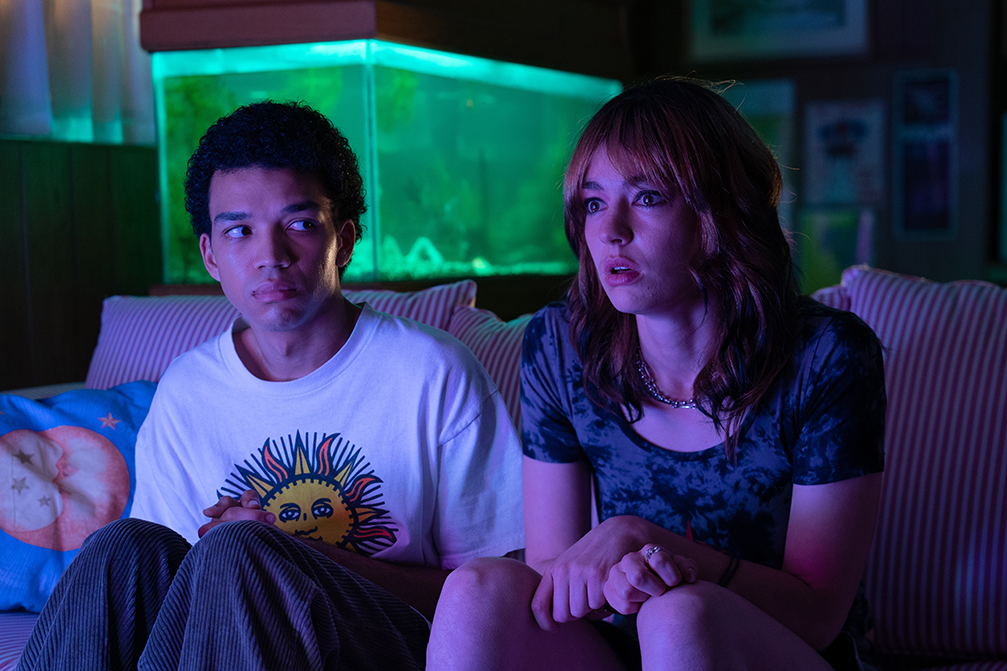
It’s a late-night, low-budget production about two girls with special powers who battle a villain who keeps sending demons after them. Our two main leads love it so much that eventually, reality begins to distort, and their lines of perception start to blur as to what is real and what is not. How effectively I Saw The TV Glow discusses the previously mentioned topics or whether it has anything meaningful to say about them is certainly up for debate. As the execution of the premise wanders well off the beaten path, most mainstream audiences will get lost or left by the wayside as the fantastical and surreal elements take center stage. This is a fascinatingly curious piece of filmmaking; I think I Saw The TV Glow at the cinemas last night, but what I’m not so sure about is if I received the message this TV show intended to broadcast.
[There are some spoilers ahead for I Saw the TV Glow.]
The story of I Saw The TV Glow
Our mind-bender of a movie opens, and we hear the audio of late-night TV. The blackness on the screen continues a few moments before the camera opens, and we are on a dimly lit street; there’s very little light left in the sky overhead. Taking a position close to the pavement, the camera slowly moves forward down the street toward a strangely illuminated white ice cream truck parked far down the block. We hear some chimes from the truck as we pass over a bunch of scribblings and some drawings, shapes, and a couple of faces on the street below us, all written with iridescent chalk that glows at night, like something you’d see inside a fun house.
As the scene cuts, we’re taken inside the living room of a home. Lighted only by a TV set, we see a young Owen (Ian Foreman) who is channel surfing when he stops to watch a commercial. “This Saturday night on a brand new Pink Opaque,” we hear, and then we’re watching the commercial along with Owen. One of the stars of the show, Isabel (Helena Howard), is shown walking down a street with “Brand New Episode” in neon pink splashed across the screen. She’s then shown crossing a football field carrying an axe and is wearing what looks like a pink prom dress.
Isabel and her partner Tara (Lindsey Jordan) are both marked with a neon pink ghostly tattoo on the back of their necks and are given special powers to battle monsters that Mr. Melancholy sends to take them out. We return to the living room to see Owen staring at the screen, mouth agape as he watches, his face and the darkened room bathed in a pinkish-purple hue coming from the screen.
The original score kicks in with some mellow guitar work before more pink and purple shades cross Owen’s face. The scene transforms to inside a school gymnasium. The pink and purple colors in front of Owen are actually sections of a big circular tent/parachute where the kids each hold a section and then run towards the middle, and they’re all under as the lightweight material balloons up around them. Owen stands and walks around the inside of the balloon-like thing as the cloth slowly descends around him.
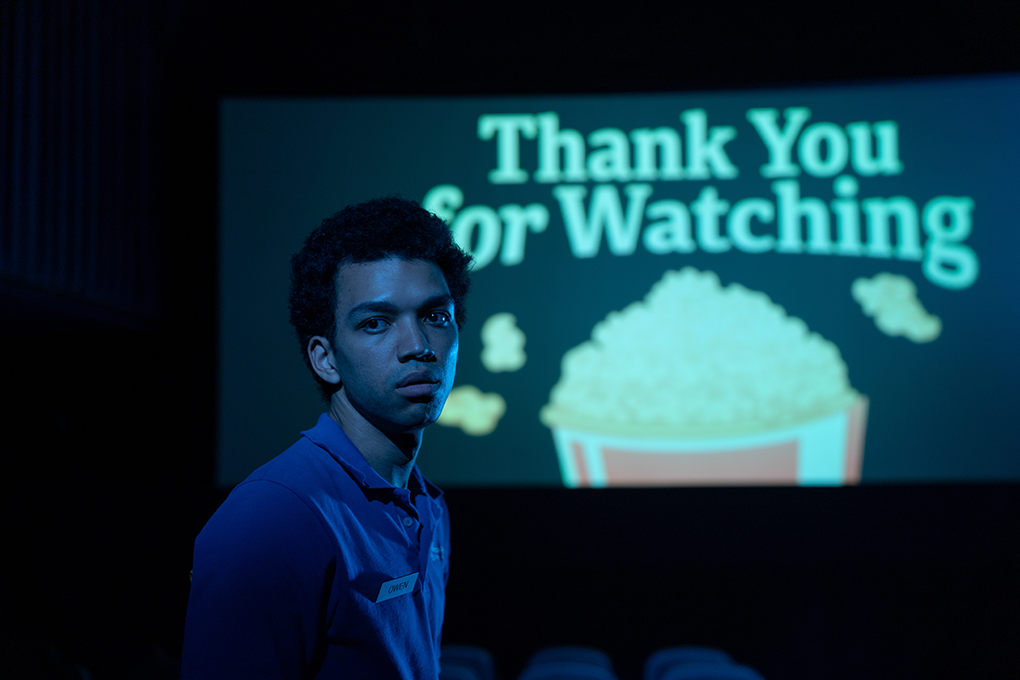
The film’s title hits the screen, pink on white, but as it fades to black, we hear the voice of an older Owen (Justice Smith), “It was raining last night, and I couldn’t sleep, so I started my favorite TV show again, The Pink Opaque.” He’s speaking to the audience; this is the first of several fourth wall breaks by Owen’s character, subtly acknowledging himself as being inside a piece of cinema.
We then see an older Owen walking through the woods and hear the crackling sound of wood burning; he’s built and is sitting in front of a campfire. The story progression of TV Glow is mostly linear in that it mostly keeps moving forward, but there are some really significant time jumps into the future, especially during the third act. After a few moments of him staring at the flames, we’re taken back to 1996, where young Owen is walking through school during some sort of Election Day when he spots Maddy (Brigette Lundy-Paine) reading a book while sitting against a wall. Owen asks Maddy about the book, an episode guide to The Pink Opaque, a show she’s borderline obsessed with.
Despite being a couple of years his senior, Maddy keys in on Owens’s interest in her favorite show, even though he hasn’t watched it because it comes on Saturday night after his bedtime. Eventually, Owen and Maddy hang out at her house. Owen lies to his parents to let him sleep at a friend’s, and they watch the new The Pink Opaque episode about an ice cream monster as we recall the introductory opening to the movie.
Owen sleeps over on her basement floor, lying in the dark, illuminated only by the gentle blue hue of a nearby fish tank’s light, while Maddy tells him he should leave first thing in the morning. If her stepdad catches Owen there, he’ll break her nose again; she explains matter of factly. She heads upstairs to bed, but after Owen has been laying on the floor in silence awhile, we hear Maddy speak reflectively from the staircase, where she’s sat down, staring ahead glassy-eyed, “Sometimes. . . The Pink Opaque feels more real than my life . . you know?”.
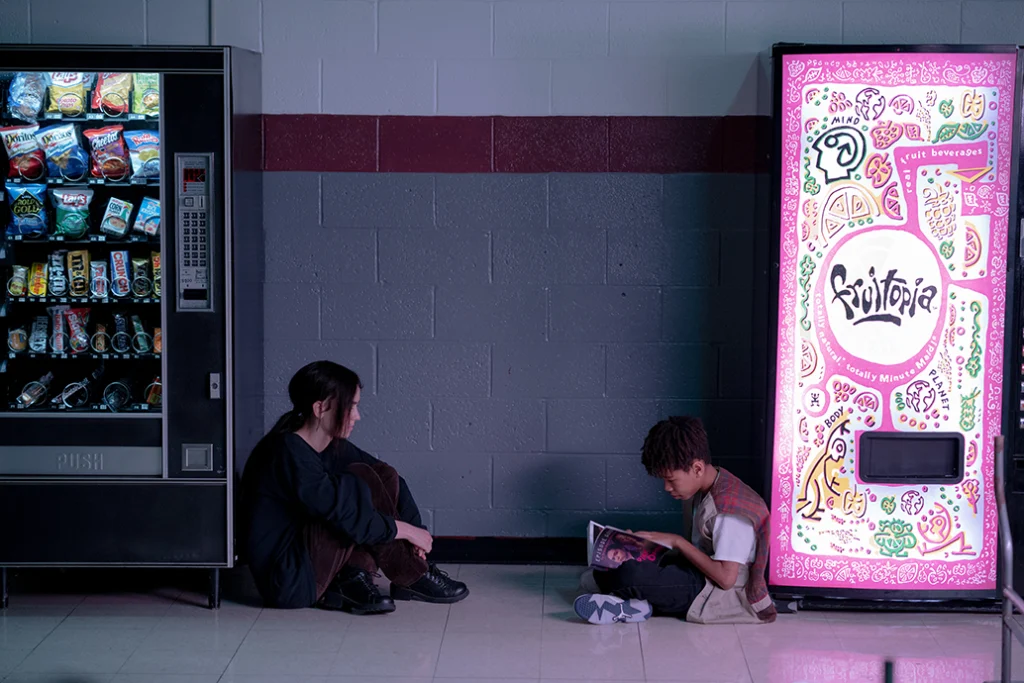
Thus begins the slow unraveling of the mind maze the film has in store for viewers. As we follow Maddy and Owen’s relationship, which is centered around their mutual love for the show, Maddy begins to lose her footing in reality and threatens to pull Owen into her own world that has crossed over into a realm where Maddy and Owen are fighting the same fight as the heroines in their show. As the film pushes to the finale, we, too, lose what little grounding we had with the film, just as you might lose your bearings with your memories of events that happened decades before.
Jane Schoenbrun’s themes in I Saw the TV Glow
I feel a strong connection to the main theme that the director and screenwriter Jane Schoenbrun is interested in exploring with the film, and I appreciate their work on both fronts. To have grown up in a time and experienced life when shows like this were only on once a week and at a specific time, it’s funny how the mind works, how memories of these types of shows from so long ago can make the reality of things that actually happened bleed into a gray area of things that you’re not quite as sure of.
I remember a specific black-and-white X-Files episode in particular that tried to mess with your perception of reality, as well as various Twilight Zone episodes that flirted with similar concepts. I have similar memories of shows I can barely recall, like Monsters, which ran from 1988-1991, and Eerie, Indiana 1991-1992, which are actual TV shows that are right in the same vein of weirdness as the fictional Pink Opaque.
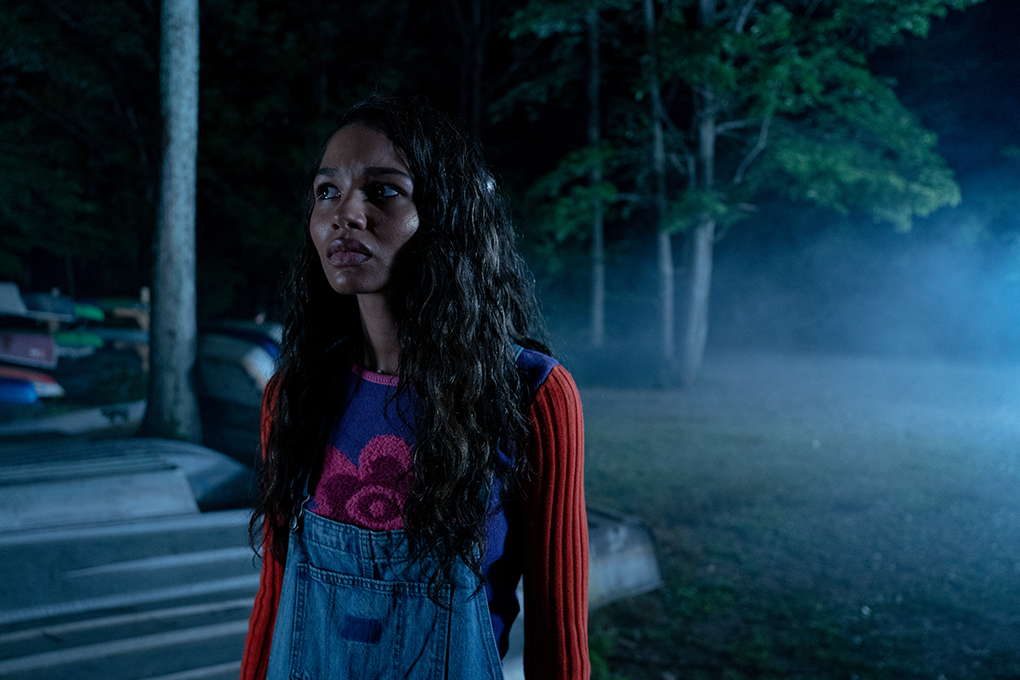
All that being said, for someone who should’ve been in the target demographic for whom this film could have really appealed, I was a bit perplexed about what to make of some things depicted. Although I’m a heterosexual male, I’ve seen enough films that I consider myself fairly adept at picking up and tuning into queer and trans themes when presented. Although one of the main characters, played by Brigette Lundy-Paine, is a lesbian, and there were some trans undercurrents that I got some vibes of relating to the character played by Justice Smith, the film stayed at arm’s length for me as it never directly referenced anything specific.
Although TV Glow alluded to some things, it mostly stayed metaphorical, and I kept getting this nagging feeling that there was something else going on that I was missing. Perhaps it’s because I have the sexual orientation I do; I’ve never felt conflicted, never had to debate “coming out.” Maybe upon a rewatch, I’d be better able to spot it, but not quite tuning into these messages was a bit frustrating. Speaking of Brigette Lundy-Paine, she has a monologue towards the finale in a long take that I was really mesmerized by, and Justice Smith was very convincing in his own portrayal of struggling to get a grip on his reality.
As far as the production design goes (thanks to Brandon Tonner-Connolly), for anybody who experienced the 1990s, this film contains a heavy dose of nostalgia. Besides the type of low-quality TV shows that you could find airing on the local broadcasting channels, there are numerous throwback clothing styles and oddities present, troll dolls, and a Frutopia vending machine, a formerly popular fruit juice drink that probably contained 0% juice.
Visually, this film is quite stunning at times; the colors and contrasts used are almost hypnotic to add to the surrealist mood of it all. The eerie original score by Alex G is ripped straight out of a 1990s TV show, and some of the tracks and melodies take anyone familiar with that era of shows and throw you right back to your childhood. All in all, the reality-bending mind-games tone that this film plays with feels very reminiscent of Inception, waking up from a dream to find out you are still dreaming, or The Matrix, waking up from one reality to find yourself in a completely different type of concept. I normally love that kind of thing, but for TV Glows, I guess you could say I mostly liked it but never fell in love.
Final thoughts on I Saw the TV Glow
This is one weird and wild movie. Don’t get me wrong, some audiences will get on board with it and love this film, the topics discussed, and the ambiguity of it all; others will leave scratching their heads and thinking they just wasted their money. By the end, you no doubt will wonder to yourself as I did, “Did I Saw The TV Glow? I think I Saw The TV Glow, but I guess none of us can say so with 100% certainty.
I Saw the TV Glow is now in theaters.
Learn more about the film, including how to buy tickets, at the title’s official website.

